Brains and beauty
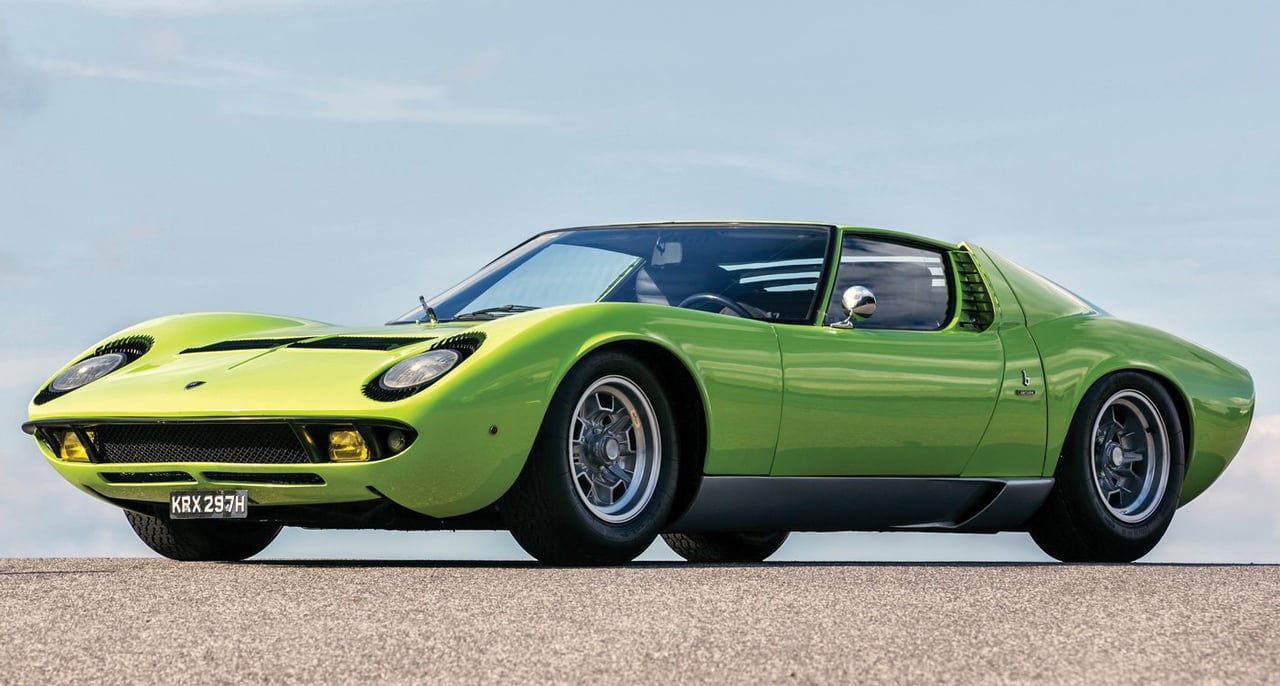
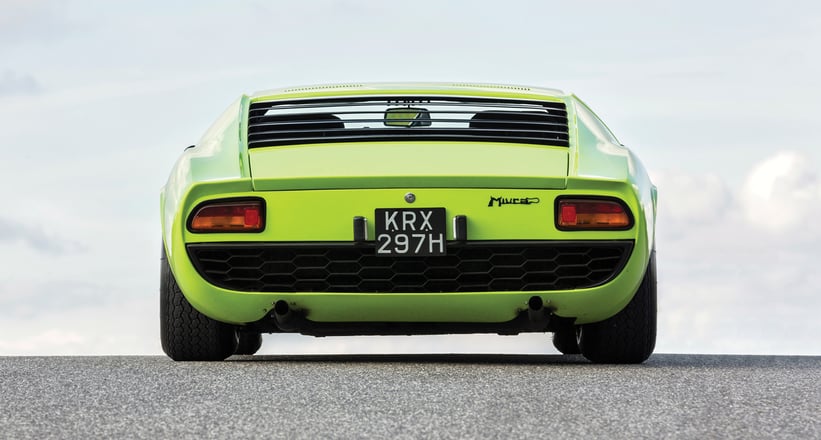
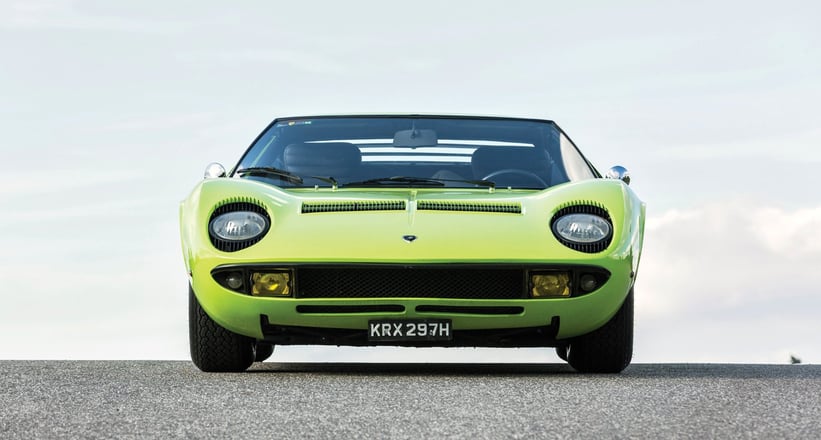
While it was technically intriguing (that transverse, mid-mounted V12 was an innovation) and undeniably quick, the real attraction of the Lamborghini Miura was always the way it looked. But since it offered blistering performance to match its sporting looks, first consider the Miura P400’s 350bhp 4.0-litre engine – giving rise to a phenomenal top speed of more than 170mph.
When the Miura first burst onto the world scene in November 1965, it was unveiled as a rolling chassis, so there was not a single gorgeous curve to distract the eye from the engineering details. Yet still it attracted enormous interest: in the P400 Miura, Dallara and his team had created something that was a quantum leap away from the front-engined tourers dominating the road-going sports car market at the time. When the following year saw Marcello Gandini at Carrozzeria Bertone (a young man at the time – still in his twenties) come up with that astonishing body, the Lamborghini Miura secured its place in history.
Performance, not practicality
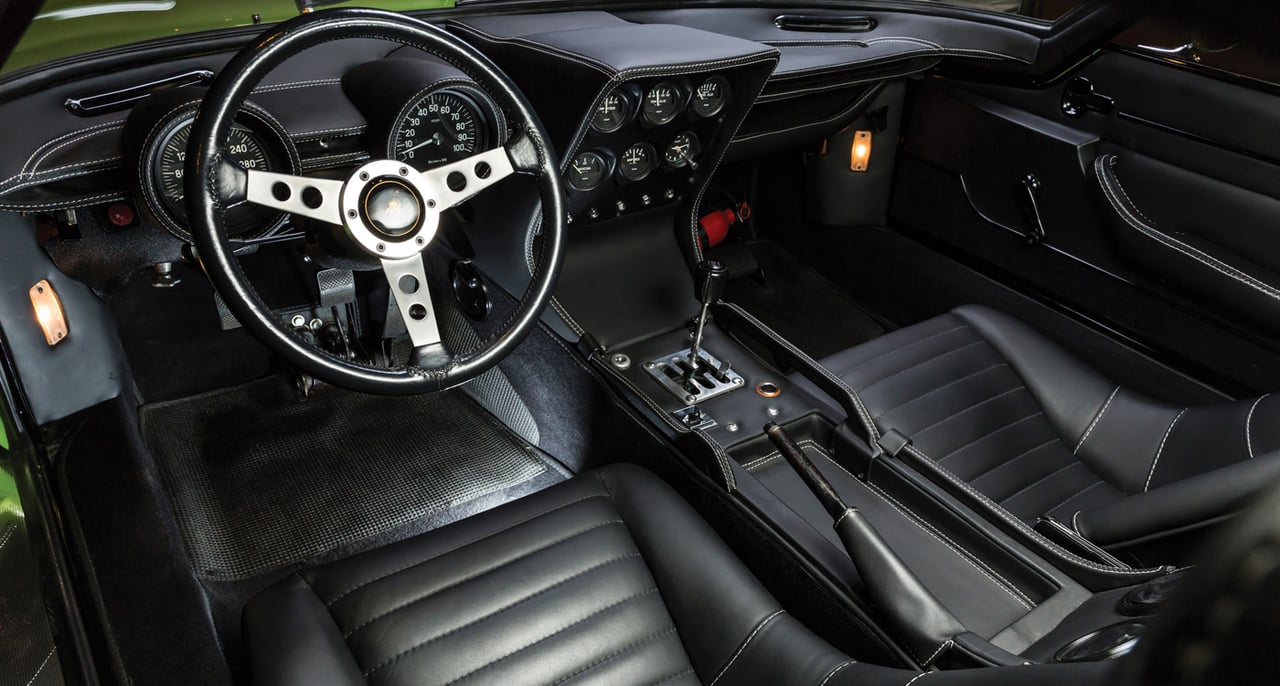
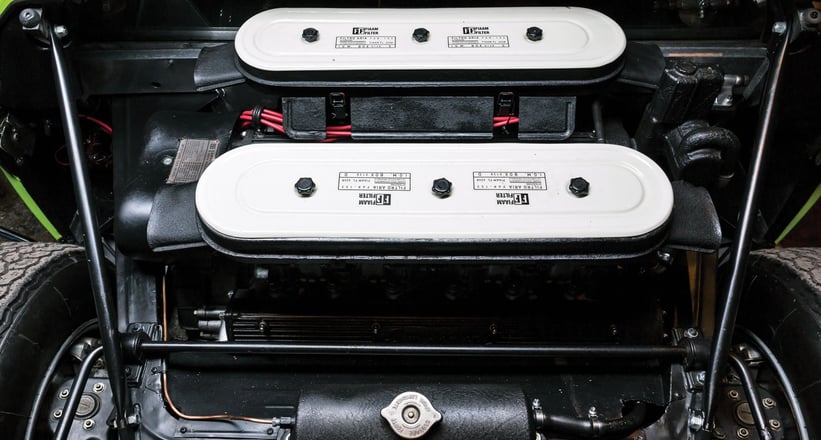

Structurally, the Miura is blessed with a lightweight frame and aluminium body panels, while the entire ‘clamshell’ nose and tail sections can be lifted to give access to the mechanicals. That engine, meanwhile, sitting just behind the two seats, provides the driver and passenger with a glorious, throaty exhaust note… that can perhaps become tiresome on a long drive. This is no daily driver, the noise and typically Italian driving position proving a challenge after many miles, and it’s vital for a first-time Miura driver to check there is enough headroom to accommodate his frame. While you’re having a seat-fitting, the time can be usefully spent getting to know the vast range of largely unidentifiable switches scattered around the cockpit.
The original Miura P400 (as pictured here) was succeeded by the Miura S, identifiable by the chrome that replaced much of the black exterior trim. The S benefitted from a more rigid chassis (gradually introduced during the P400’s production run), as well as a 20bhp increase in power up to – it was claimed – 370bhp. Next came the wider-bodied SV, claiming 385bhp, and at some point in its production run the factory dropped the characteristic eyelash headlamps. (It’s said that this was less a design decision than the fact they’d run out of eyelash fins.) Finally, there was the ‘SVJ’, the ultimate Miura of which just four were originally made, and which copied the appearance of the experimental ‘Jota’ car built by Lamborghini’s development engineer Bob Wallace.
Ready for a challenge?
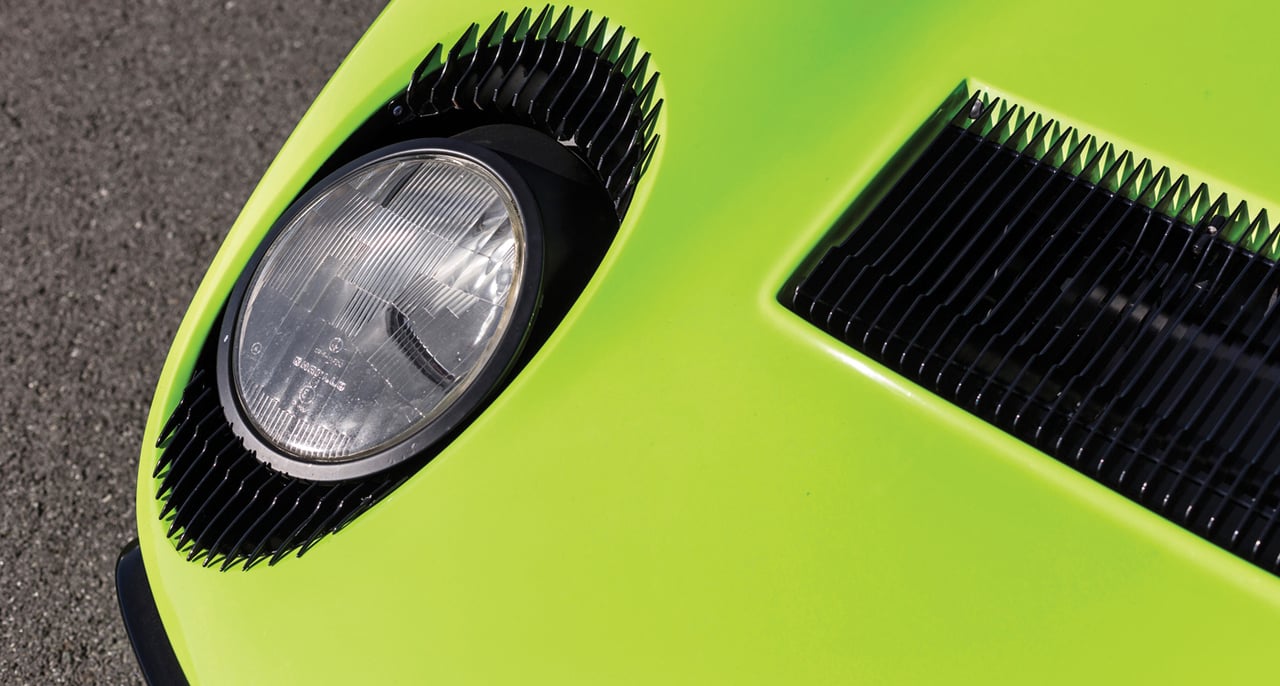
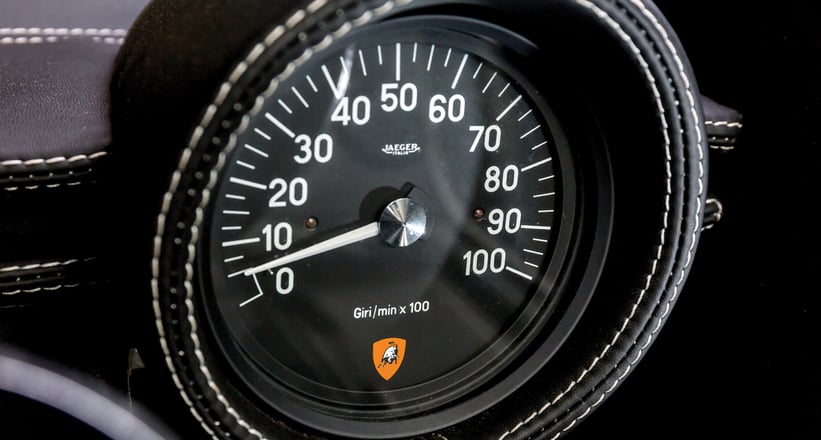
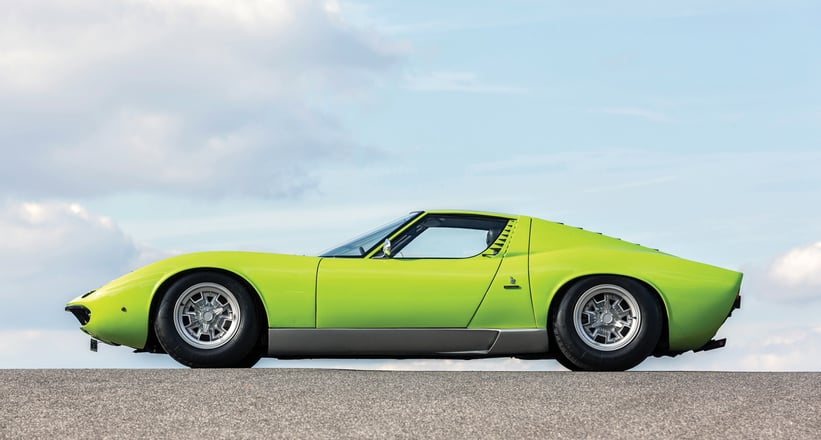
Whichever model you set your heart on, it’s important to realise that the Miura is a fragile and not-altogether-practical tourer (at least for long distances). However, once you accept its challenges, you can embrace the car instead for its power and ethereal beauty. In this latter regard, there are few – if any – cars to match it.
The 1968 Miura P400 pictured here is chassis 3640, originally owned by a member of the Kuwaiti Royal Family and now restored to its original Miura Green over Black. Showing just 28,000km on the odometer, the car is being offered for sale by RM Auctions in London on 8 September, with the assurance that it has been continually kept from new in excellent, authentic condition. The estimate is £530,000–700,000.
Photos: Roman Rätzke © 2014 Courtesy of RM Auctions




























